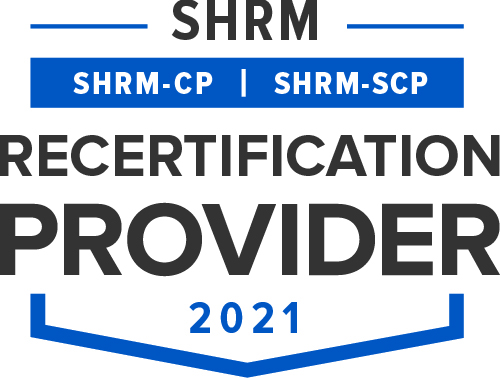Okay, the first thing you’re asking is what the heck is an “Unlock”, right? Well, an “unlock” according to Scott Galloway is:
“An unlock is the discovery of an accelerant for the brand, product, or service invisible in plain sight. The mold on cheese curing disease was a substantial unlock (penicillin). So is administering a small dose of a pathogen to immunize someone from the complete, more harmful pathogen (vaccines).”
An early unlock in recruiting might have been the concept of “poaching” whereas there was a time when it was considered unethical to recruit someone away from a competitor that wasn’t out actively looking. Basically, if they contacted you it was fine, but you couldn’t cold outreach to them. Sounds silly today that was an unwritten recruiting rule a few decades ago!
Another “unlock” in recruiting a few decades ago was the concept of using a candidate’s references as potential leads/referrals to other candidates. For decades we just called references for the simple fact we wanted to actually get an employment reference on a candidate, then all of sudden we were doing that, but also trying to recruit the reference as well!
The biggest unlock of the pandemic for TA was understanding as more and more positions went remote, we could now recruit talent from anywhere, potentially increasing the level of talent we could hire, and sometimes reducing the cost of salaries by hiring folks in less expensive markets.
What will be your Recruiting Unlock in 2022?
Each organization is kind of on its own recruiting evolutionary timeline. While you might have had an unlock years ago, some organizations will just discover that unlock this year. An example would be the reference check one above, many organizations are still just doing reference checks for reference checks! Some have taken those contacts with potential candidates to the next level.
What are some possible Unlocks for you this year?
- Using marketing automation and nurturning campaigns to make more hires from your ATS database.
- You’ll use a multi-channel approach to contacting candidates – Email, Inmail, text, phone, Facebook messaging, What’sApp, etc.
- You’ll stop just posting jobs on job boards and start using Programmatic Job Advertising to discover potential candidates where they are on the interent, not just active candidates searching for jobs.
- Finally using the data you collect to make your TA more effective and efficient, and not just reporting for the sake of reporting.
- You’ll actually train your recruiting teams to be better recruiters using sites like Social Talent and SourceCon.
- Maybe you’ll finally demo and purchase a Sourcing technology tool to help you discover talent in your market you had no idea was there.
But, the question is still what will your unlock be this year!?
I think the biggest unlock most organizations need to figure out is how they better utilize their most expensive resource, your own ATS database. Basically, for most, the candidates in there are just sitting there dying a slow death. We spend so many resources filling these databases with talent and then we do nothing with it.
If I’m not going to do anything with it, it’s basically worthless. If it’s worthless, then let me play around with it and see if I can find a way to get a better value out of it! Here are some ideas:
- Invest in an AI driven matching engine and activate your database again.
- Get a few local TA leaders in your market and start sharing talent amongst each other. Meet once a month, everyone brings a USB drive with 500 candidates on it and exchange, who knows maybe getting another 1500-2000 free candidates a month will land you some more hires!
- Give your ATS database to your marketing team and let them sell to every person who ever applied to your jobs. At one point these folks were saying, “Hi, I love you, I want to work for you!”, so at a minimum marketing has a positive sales database to tap!
Hit me in the comments with any ideas you might have that could be a great unlock for 2022!

